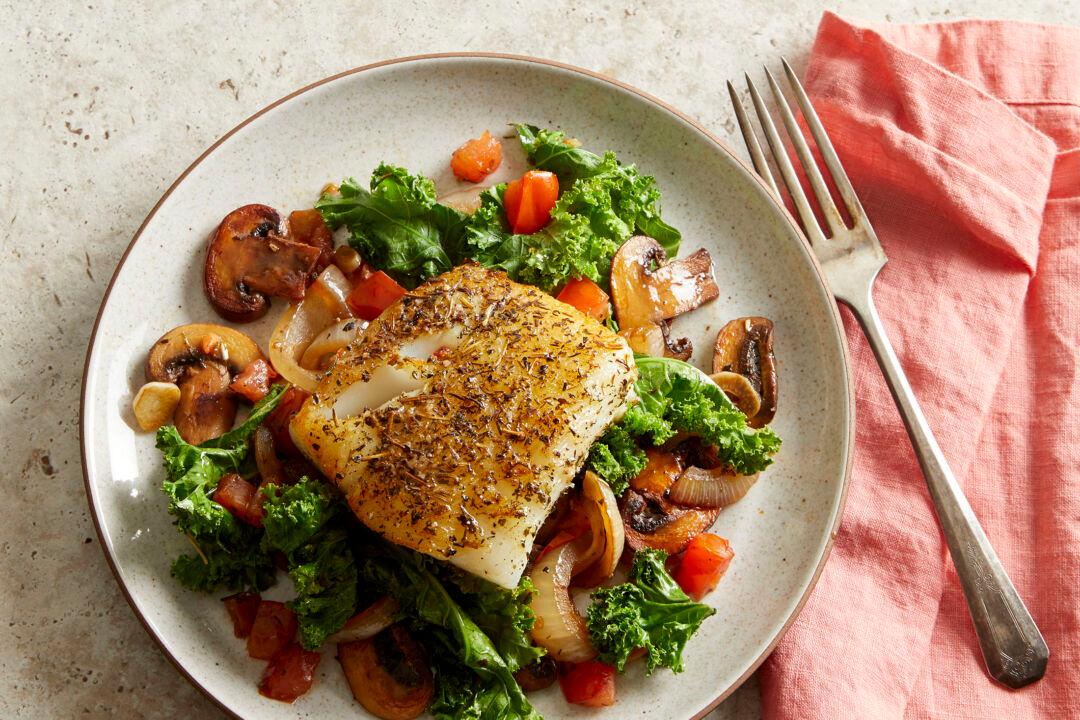When I first traveled to Morocco, I knew that I would be mesmerized by its cuisine and culture—but I never dreamed that it would have such a profound impact on my chicken game! A few forkfuls into the sweet and savory chicken tajines at Al Mounia Restaurant in Casablanca, however, I realized that I still had a lot to learn about America’s favorite protein.
Americans currently consume an average of 60 pounds of chicken per year, making it the nation’s protein of choice. Nutritionally speaking, chicken is a good choice, since the fat in chicken is mostly of the unsaturated type, which protects against heart disease. One 3-ounce serving contains just 1 gram of saturated fat and less than 4 grams of total fat, yet is packed with 31 grams of protein, which is more than half of the daily recommended allowance for adult females.





